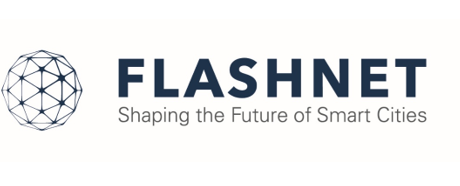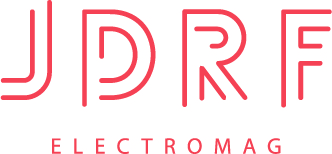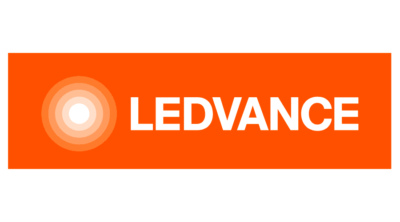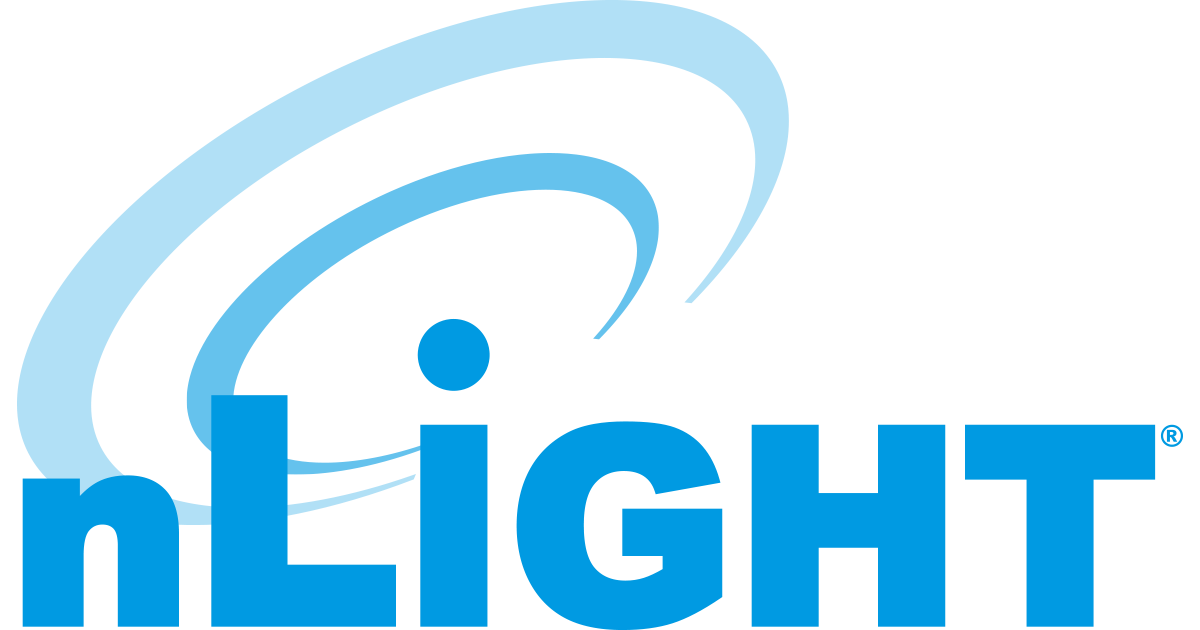In this four-part series, Charles Knuffke, Systems VP & Evangelist, Wattstopper/Legrand, North and Central America and past chair of the Lighting Controls Association provides a crash Lighting Controls 101 class for lighting practitioners.

Cumulative energy and cost savings delivered by dimming curves from all luminaires characterized in this study, for one PND strategy (red) and two CLO strategies—L90 at 20 years (green), L80 at 16 years (violet)—relative to the full rated power baseline. The gray shaded columns represent ANSI C137.1-2022 noncompliant products. Notably, L-3, L-9, and L-23 are three units of the same make/model streetlight.
To improve understanding and possibly resolve the shortcomings of 0-10V products, the Department of Energy recently published the results of a study conducted by Pacific Northwest National Laboratory (PNNL). The study characterized 23 LED streetlights that claimed dimmability via a 0-10V interface, quantified the performance variation found in market-available LED drivers, and explored the potential impact of the most recent 0-10V voluntary standard, ANSI C137.1-2022.
Many designers, manufacturers, and contractors are resisting change, Marsh notes in his column, and it appears as though we are headed towards a third paradigm shift that will sustain those who adapt and eliminate those who don’t.
Moderated by Michael Colligan, this episode of Get a Grip on Lighting pits two lighting thinkers in a spirited debate over whether 0-10V or digital lighting control has the edge in projects subject to value engineering.
0-10V dimming wires, the wires used to communicate dimming intensity via a 10-volt signal, can be easily identified on wiring diagrams, installation instructions, and dimmable drivers by their colors: gray and violet (although violet is often referred to as purple). This will soon change, however, as new codes and guidelines take effect.
The Lighting Controls Association (LCA) has updated EE103: Dimming Controls, Section 1 Part 2: Dimming Controls and Systems, a popular learning module in its Education Express program.
Different types of dimming curves may be incorporated in dimmers, software for lighting control systems, and output devices like LED drivers irrespective of the actual protocol used to communicate between them.
Let’s talk about dimming and dimming curves, and a variety of attributes that you should consider, inquire about, then specify what you actually want.
C. Webster Marsh, Designer with lighting design firm Horton Lees Brogden Lighting Design, provides the final installment on his series of articles about dimming and lighting control protocols. In this last installment, he teams up with HLB’s Adam Levine to tackle digital control protocols, covering when and how to specify it, and how to overcome some of the challenges.
“Communication is key to ensuring compatibility between controllers and drivers,” write Elizabeth Johnson, Senior Associate, and C. Webster Marsh, Designer, of Horton Lees Brogden Lighting Design in an article about analog dimming.
With the right combination of dimmer and solid-state driver for LED products, dimming performance can achieve excellent results from 100% all the way to dark, smoothly and predictably, says Kevin Willmorth in his latest exclusive contribution. However, when the combination is wrong, many undesirable effects may occur, he points out. Investigating the reasons for these issues requires a basic understanding of where issues can arise.
Eaton’s The Lighting Resource recently published an article about dimming LED lamps and luminaires.
When evaluating an existing lighting system, the owner can do nothing, something or everything. Doing nothing abandons operating cost savings. Doing something entails replacing lamps and installing some automatic controls. Doing everything involves installing a new lighting and control system. As many owners opt for the “something” option, demand for LED replacement lamps continues to [...]
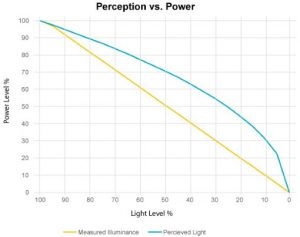
Human perception of light is non-linear, resulting in a miss-match between delivered illuminance changes and perceived light levels. In addition to understanding the dimming behavior of a product, when a manufacturer promises their product delivers 1% dimming, it is important to know whether this is 1% of light output (10% perceived brightness) or 1% actual perceived light (which is 0.05% of light output).
Guest post by Kevin Willmorth. Superficially, dimming seems to be a simple operation. Turn a knob, slide a bar, or touch a screen to change light levels – done and done. This simplistic form of dimming was once applicable to resistance loads (incandescent lamps) using rheostat controls. The combination creates a naturally feeling dimming profile, [...]
In “Lighting Controls for Dummies,” a presentation at 2016 LEDucation in NYC, Andrea Hartranft, LC, IALD, of Hartranft Lighting Design, LLC, attempts to demystify lighting control vocabulary and provide a better understanding of solid-state dimming. Lighting Controls for Dummies from LEDucation on Vimeo.
According to new research by Lutron Electronics, lighting for video conferencing (VTC) applications must accommodate the visual requirements of the people and the camera, and provide visibility of any display materials, especially to remote participants. Achieving the proper lighting balance requires the right combination of fixtures and the right combination of control strategies. While linear [...]
The National Electrical Manufacturers Association (NEMA) has published NEMA LSD 23-2016 Recommended Practice—Lamp Seasoning for Fluorescent Dimming Systems. This paper provides a recommended practice to season lamps for fluorescent dimming systems. This paper is an update to NEMA LSD 23-2010, developed by the NEMA Lighting Systems Division. NEMA LSD 23-2016 may be downloaded at no [...]
The National Electrical Manufacturers Association (NEMA) published NEMA LSD 73-2015, Energy Savings with Fluorescent and LED Dimming. This new white paper describes the signal path from the user control input through the control wiring, ballast or driver, and lamp or LED module. It also explains factors that affect energy consumption and savings, efficacy and user [...]
Given current adoption of commercial building energy codes, conventional wisdom indicates that LED lighting is frequently specified with automatic lighting controls. However, there is little public data available concerning market penetration of LED lighting, how often it is specified as controllable and with lighting controls, owner preferences, and how satisfied specifiers and installers are with [...]
The Illuminating Engineering Society, in partnership with the Lighting Controls Association, has published LEM-7, Lighting Controls for Energy Management, a detailed guide to energy-saving lighting controls. The publication was written by Craig DiLouie, LC in support of the IES Energy Management Committee. The 48-page 8.5×11 guide, which is available for $35 (IES members) and $50 [...]
“If you boost the lighting at certain times of day, you’ll get a better performance from workers,” remarks Dr Martine Knoop, a senior lighting specialist at Philips Lighting, commenting on the study that took place at Bartenbach Lichtlabor in Austria. The scientists found in 2007 that if offices used more adjustable lighting, the employees working within them would work more productively.
The National Electrical Manufacturers Association (NEMA) has published two new solid state lighting standards: 1) NEMA SSL 1-2010 Electronic Drivers for LED Devices, Arrays, or Systems, and 2) NEMA SSL 6-2010 Solid State Lighting for Incandescent Replacement—Dimming.
With these publications, NEMA establishes harmonized requirements and expectations for solid state lighting (SSL). Both are directed toward designers, manufacturers, and users of SSL products.
On its website, Lutron offers an informative short guide to dimming. Check it out here.
Researchers at the National Research Council Canada – Institute for Research in Construction (NRC-IRC) conducted a study to determine how far, how fast and over what period lighting can be dimmed before occupants notice and are adversely affected. The results suggest a role for dimmable lighting in demand response programs.
The National Electrical Manufacturers Association (NEMA) has published LL 9-2009 Dimming of T8 Fluorescent Lighting Systems. This new standard is the first coordinated guidance from industry on the dimming of T8 fluorescent lighting systems; LL 9 covers ranges between 100% and approximately 35% output (60mA lamp current). The publication was a result of discussions between numerous manufacturers and end-users as well as years of data gathering, testing, and analysis.
What are the benefits of combining advanced lighting control strategies in the same space? Are the energy-saving benefits of lighting controls persistent over time? Can advanced lighting controls be successfully applied to open offices given concerns about jurisdiction conflicts, lighting uniformity, etc.? Can they enhance worker satisfaction? A new office lighting field study addresses these questions. Involving about 90 workers in a real-world open-office environment, the one-year study determined that occupancy sensing, daylight harvesting and individual occupant dimming control worked together in the building to produce average energy savings of 47% while correlating with higher occupant environmental and job satisfaction. The study demonstrates that sophisticated lighting control strategies can be combined successfully to generate persistent, large energy savings in open-plan offices while improving occupant satisfaction with their jobs and workspace.
NYControlled 2025: Harold Jepsen Describes the LCA’s New Design Express Tool
10/31/2025At NYControlled, the EdisonReport’s Randy Reid interviewed Legrand’s Harold Jepsen, a member of the board of the Lighting Controls Academy, about lighting control trends, the mission of the Lighting Control Academy, and the launch of the new Design Express tool.
NYControlled 2025: LiteTrace’s Chris Primous Talks EmerLite™ Emergency Testing Solution
10/29/2025At NYControlled, the EdisonReport’s Randy Reid interviewed Chris Primous, EVP of Sales & Marketing at LiteTrace Brands, about the company’s latest products and innovations.
NYControlled 2025: PLC Multipoint’s Bart Manguno Talks Tandem Relay Panels
10/27/2025At NYControlled, the EdisonReport’s Randy Reid interviewed Bart Manguno, Commercial Business Director at PLC Multipoint, about the company’s Tandem Relay Panels.
NYControlled: Avi-On’s Joe McGrath Talks Lockdown Mode
10/24/2025At NYControlled, the EdisonReport’s Randy Reid interviewed Joe McGrath, Sales Director East Coast for Avi-On, about the company’s new feature called Lockdown Mode.
The Lighting Controls Podcast: Gary Meshberg and Harold Jepsen Talk New CIN/SOO Tool
09/12/2025In this episode of The Lighting Controls Podcast sponsored by MaxLite, hosts C. Webster Marsh and Ron Kuzmar interview Gary Meshberg, Chair of the Lighting Controls Academy, and Legrand’s Harold Jepsen, Vice Chair of the NEMA Lighting Controls Technical Section about the evolving world of lighting controls and a groundbreaking new Control Intent Narrative/Sequence of Operations Tool offered by the Lighting Controls Academy.
LCA TV: EmerLite™ by LiteTrace
09/08/2025This educational video, produced by the Lighting Controls Association at the 2025 LEDucation event in New York City, introduces LiteTrace’s EmerLite™, a wireless platform revolutionizing emergency lighting compliance for commercial facilities.
LCA TV: Athena Lighting Control System by Lutron Electronics
08/13/2025This educational video, produced by the Lighting Controls Association at the 2025 LEDucation event in New York City, introduces Lutron’s Athena lighting control system.
LCA TV: Wattstopper i3 Platform by Legrand
08/11/2025This educational video, produced by the Lighting Controls Association at the 2025 LEDucation event in New York City, introduces Legrand’s Wattstopper i3 Platform, a next-generation lighting and building intelligence solution powered by KODE Labs.
LCA TV: IR -TEC America’s Bluetooth Programming for Sensors
07/29/2025This educational video, produced by the Lighting Controls Association at the 2025 LEDucation event in New York City, introduces IR-TEC America’s Bluetooth programming capability for the company’s sensors.




























